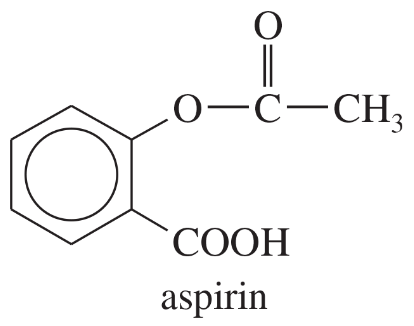Basicity depends on availability of an electron pair to bond a proton. Correlate structural effects in these amines with their basicities.
(c) The pKb of this compound is −2.3, making it not only a stronger base than a typical aniline, but even stronger than hydroxide ion. Explain its remarkable basicity.






